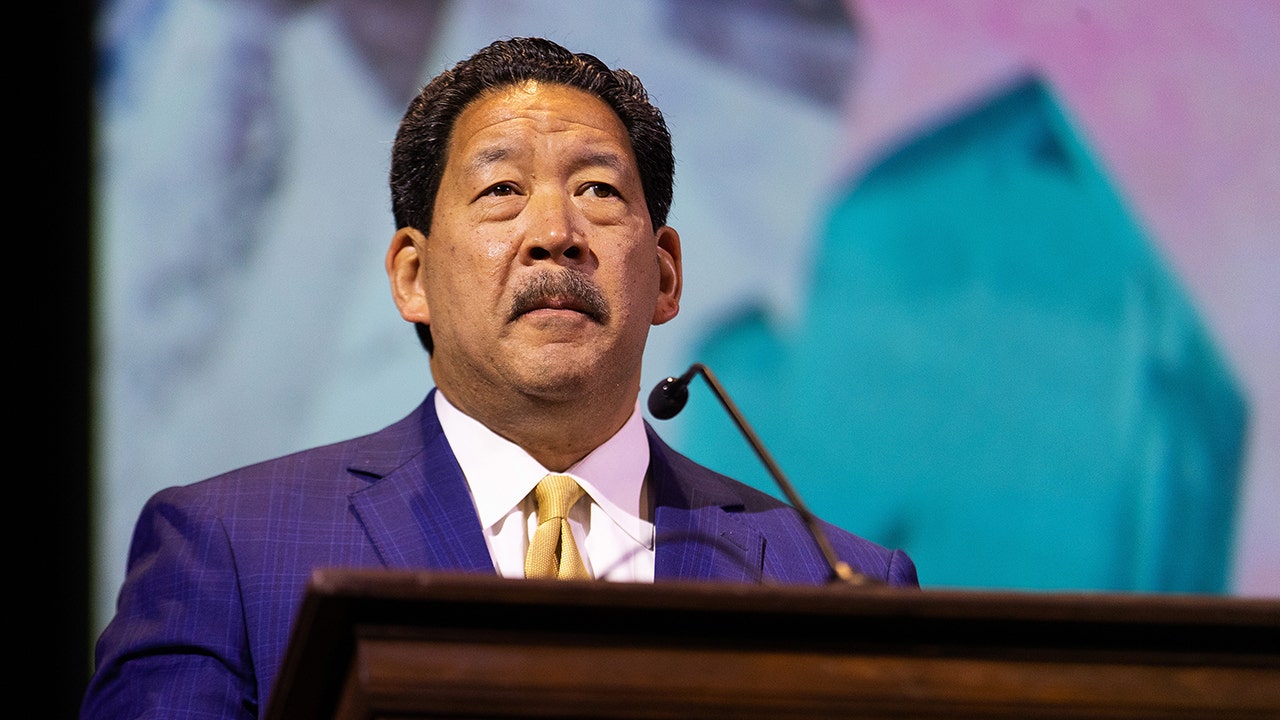As Canada grapples with one of its worst wildfire seasons in decades, heavy smoke billowed from Quebec into the U.S. Midwest on Tuesday, a day after NASA said it had crossed the Atlantic to Europe.
Canada has been struggling to combat an extraordinary outbreak of wildfires across the country that has displaced tens of thousands of people from their homes, heightened concerns about global warming and sent choking plumes of smoke this month along the east coast of the United States in New York City , past Washington and west to Minnesota.
How has the smoke affected air quality in the US Midwest?
On Tuesday, Canada’s wildfires worsened air quality in Chicago, Detroit and Milwaukee, among others. Chicago’s air quality index hit 209 on Tuesday noon, according to IQAir, a Swiss air quality technology company, the worst reading of any major city in the world that day.
In Green Bay, Wisconsin, the index was 175; in Grand Rapids, Michigan, it rose to 255. Any reading over 100 on the index is a warning to people with respiratory diseases to take precautions.
Such numbers are rare in the United States; An index over 200 is considered “very unhealthy” for everyone, a value over 300 is considered “dangerous”. In early June there were readings above 400 on the east coast.
How long will the smoke last this time?
On Tuesday, a storm system northeast of the Great Lakes created counterclockwise winds and channeled smoke generated by wildfires in Canada south into the Midwest. As the system turns east, the smoke will likely shift east as well. However, the storm system was expected to exit the region fairly quickly.
Still, foggy and smoky skies are likely to remain a regular feature throughout much of the United States this summer.
How many fires are burning in Canada?
On Tuesday, the Canadian Interagency Forest Fire Center reported 485 active fires across the country, 257 of which were out of control.
As of June 7, this year’s fires in Canada had already burned more than 9.8 million hectares of forest – more than 10 times the area that burned this time last year, officials say.
How far has smoke from a Canadian wildfire spread?
The fires in Canada are so intense that NASA said on Monday that satellite images showed smoke from northern Quebec had drifted as far as Europe, darkening skies in southwestern Europe and blowing over parts of northern Portugal, Spain and France.
How are the wildfires affecting air quality and summer fun?
In CanadaEnvironment Canada warned on Tuesday that air quality in Toronto, Canada’s largest city and financial capital, would deteriorate overnight. Poor air quality has also hit Montreal, where the sun has appeared as a bright red dot in recent days.
Poor air quality led to the cancellation of an Ironman triathlon race in Mont Tremblant, Quebec last weekend, while summer recovery was dampened by the closure of some pools and beaches in parts of Quebec and Ontario.
What role does global warming play?
Climate research suggests that heat and drought associated with global warming are major drivers of the number and intensity of fires.
Canada has the largest intact forest ecosystem in the world, and many parts of the country have recently been hit by drought and intense heat. This can leave trees vulnerable to fire and dry out dead grass, pine needles, and any other material on the forest floor that could serve as kindling.
Judson Jones in New York contributed to the reporting.





